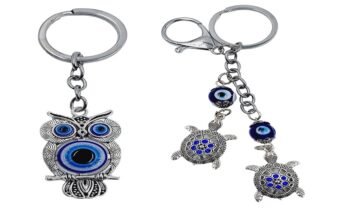In Quebec, more than 1,000 children aged 9 or under are injured or killed every year while they were in a vehicle involved in a road accident. Moreover, more than half of the accidents take place in zones limited to 50 km/h and several occur near the house.
Using a car seat correctly is the most effective measure to reduce the risk of injury or death in cars in children. For this reason, it is important to ensure that the seat used is properly installed on the bench seat, that it is suitable for the weight and size of the child and that the child is properly attached to it.
What are the car seat standards?
If you have a used car seat, check regularly on the Transport Canada site for a recall as you will not receive recall notices in the event of safety issues. . For greater security, contact the manufacturer to inform them that you are now the owner of this seat.
Transport Canada has established safety standards for the use of car seats. To ensure that your seat meets these standards, simply check that it bears this organization’s compliance label , which is a round sticker with a maple leaf printed on it. It is therefore illegal in Canada to use a car seat on which the maple leaf label is not stuck. This is the case, among other things, for seats purchased abroad or from non-Canadian websites.
Why do car seats have an expiration date?
A useful life date is indicated on car seats and booster seats sold in Canada. It usually varies between 6 and 12 years. If you don’t see it on your seat, contact the manufacturer, who will let you know. Using a seat that has passed its useful life could pose a safety risk to your child due to general wear and tear.
If your vehicle is involved in a traffic accident, check your seat’s user guide to see if the manufacturer recommends that you no longer use your car seat. Be aware, however, that many manufacturers indicate that you absolutely must change it, even if it does not seem damaged. If you need to buy another seat because of an accident, you can include its value in your insurance claim. Also, before using a second-hand car seat, make sure it has never been in a car at the time of an accident.
Your child’s weight and height determine the choice of the appropriate car seat as well as its orientation (rear-facing or forward-facing). Be aware that several models of seats (called convertible seats ) are used for different stages (baby, child, booster). Indeed, some seats can be used as a child seat and then as a booster seat, for example.
Rear-facing infant seat or convertible seat
When you leave the hospital or the birthing centre, your baby must be placed in a car seat if you are returning home by car. This seat should face rearward and be tilted at 45 degrees. In this way, your baby’s neck, head and chest will better withstand the shock of the impact in the event of an accident.
If you have to travel long distances by car, avoid leaving your baby in his seat for more than 1 hour during his first month of life. His lack of tone can cause him to slouch in the seat, which can interfere with his breathing. Every hour, so intersperse your trip with breaks. Take the opportunity to pick up your baby and get him moving.
Your child should use the infant seat as long as their weight does not exceed the maximum weight or height limit listed in your seat’s user guide or as long as the space between the top of their head and the top of the seat is at least the width of two fingers, or 2.5 cm (1 in). It’s okay if your baby’s feet are touching the seat and their legs are a little bent.
The baby seat: for transportation only!
It is not recommended to use a car seat to make baby sleep in it in the house. Indeed, the child’s breathing is more difficult since he is at an angle of 30 to 45 degrees. As his head is too heavy for the muscles of his neck, he struggles to hold it straight, leading to the risk of asphyxiation. The use of the baby seat must therefore be reserved for transport.
Properly installed, the car seat reduces the likelihood of death and serious injury in the event of an accident by up to 70%.
Once your little one has reached the limits of their infant seat, you should place them in a child seat that will be rear-facing first and then forward-facing. To know when to make the switch, see the infographic below.


